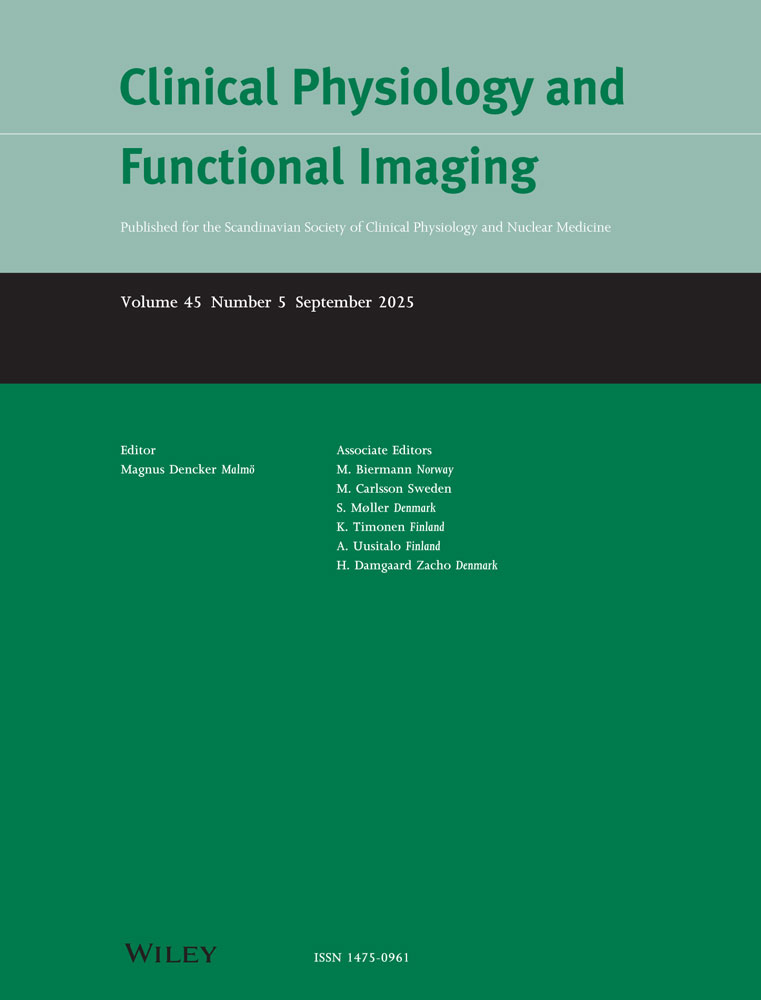Adaptive responses of human skeletal muscle to vibration exposure
Abstract
The aim of this study was to investigate the effects of whole-body vibrations (WBV) on the mechanical behaviour of human skeletal muscle. For this purpose, six female volleyball players at national level were recruited voluntarily. They were tested with maximal dynamic leg press exercise on a slide machine with extra loads of 70, 90, 110 and 130 kg. After the testing, one leg was randomly assigned to the control treatment (C) and the other to the experimental treatment (E) consisting of vibrations. The subjects were then retested at the end of the treatment using the leg press. Results showed remarkable and statistically significant enhancement of the experimental treatment in average velocity (AV), average force (AF) and average power (AP) (P<0·05–0·005). Consequently, the velocity–force and power–force relationship shifted to the right after the treatment. In conclusion, it was affirmed that the enhancement could be caused by neural factors, as athletes were well accustomed to the leg press exercise and the learning effect was minimized.




